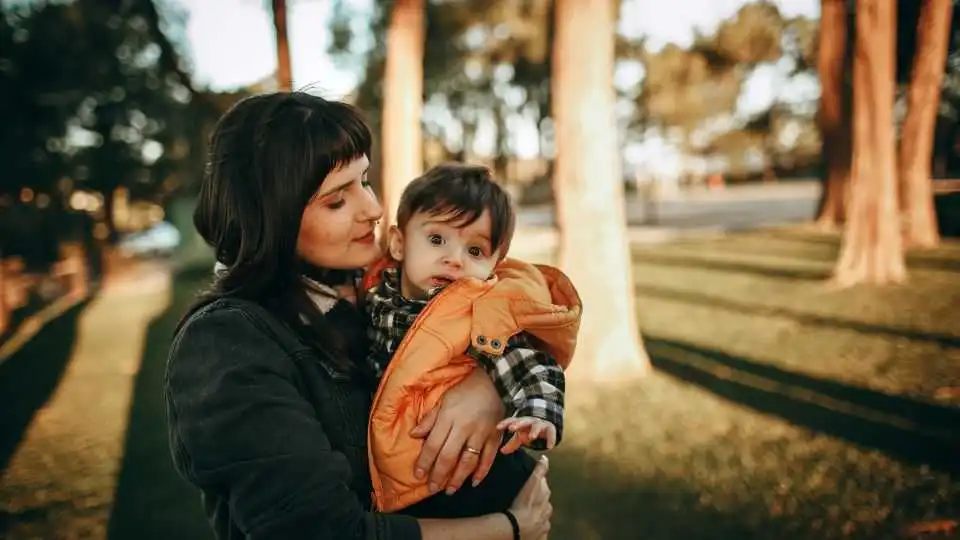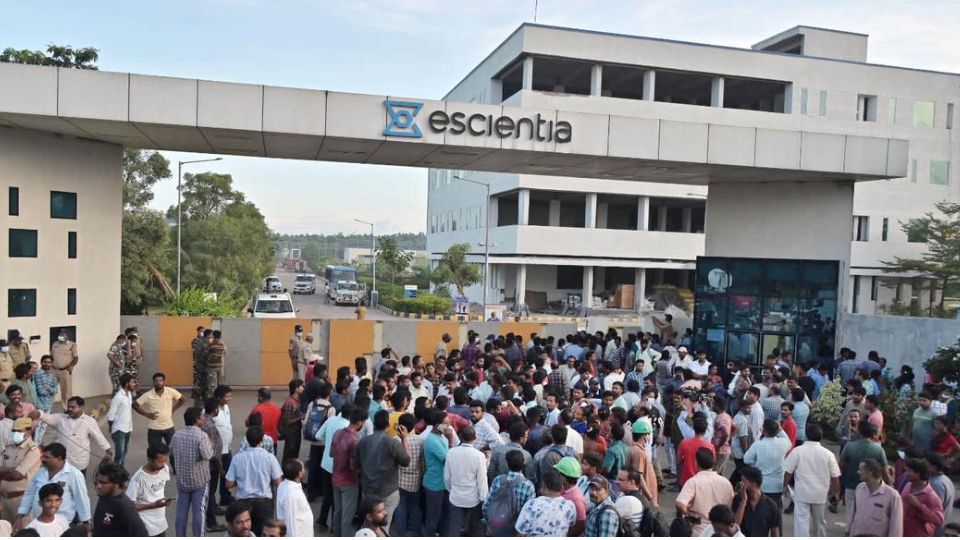There is a strong preference for male progeny everywhere. One of the causes of this bias, particularly in India, is the traditional notion that only sons are capable of carrying out their parents’ last rituals. However, adoption trends lately indicate a substantial change in this perspective. In India, there has been a growing tendency in recent years towards the adoption of female children.
What Data says
The data shown here is based on adoption statistics from the Hindu Adoption and Maintenance Act (HAMA), which was provided by the Union government via Assistant Solicitor General Aishwarya Bhati.
The majority of adopted children in India are females, according to a review of data collected over the last five years, which indicates a substantial shift in adoption preferences. The Child Adoption Resource Authority (CARA) produced figures showing that 40.23% of adopting parents favoured males while an average of 59.77% of adopting parents selected girls.
Maharashtra is the state with the highest adoption rates; Karnataka and West Bengal are next. In India, 1,858 of the 3,276 adopted children during the 2017–18 period were girls, indicating a clear preference for adopting female children.
Increasing number of Adoption Agencies
The CEO of CARA, Lieutenant Colonel Deepak Kumar, ascribed Maharashtra’s high adoption rate for girls to the state’s abundance of adoption agencies—60 centres, the largest number in the nation. This is in contrast to other larger states where the average is twenty.
There was still a definite preference for adopting females, even in states like Uttar Pradesh and Haryana where the male-to-female ratio was lower. Kumar refuted the idea that this rise was caused by a greater supply of females, emphasising that potential adoptive parents are free to select the gender of the child they would like to adopt.
Although Kumar acknowledged the growing trend of adopting girls, he also brought attention to the reluctance of Indian adoptive parents to take on special needs children or children who are older than four or five years old.











